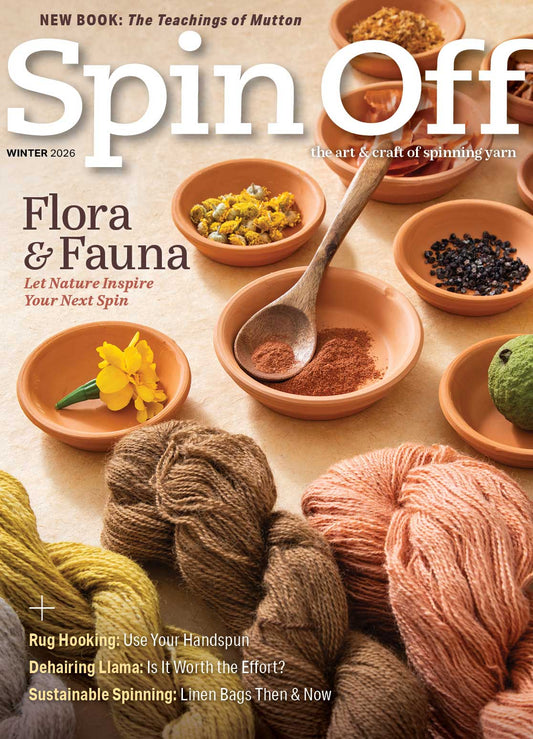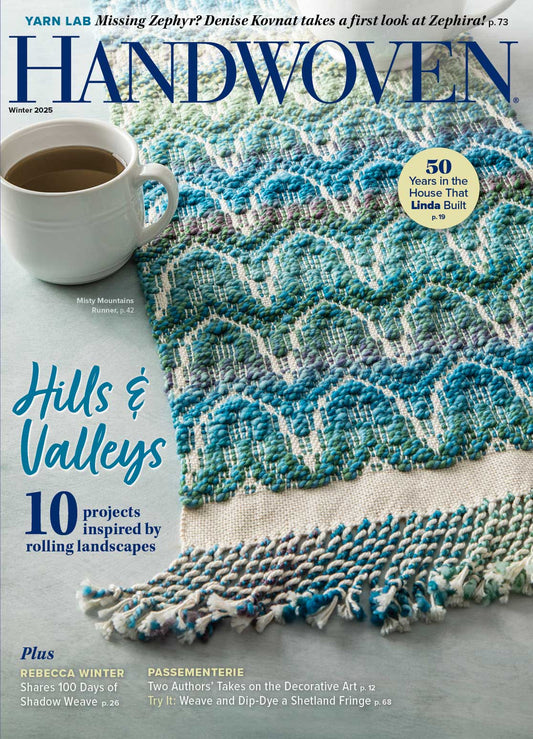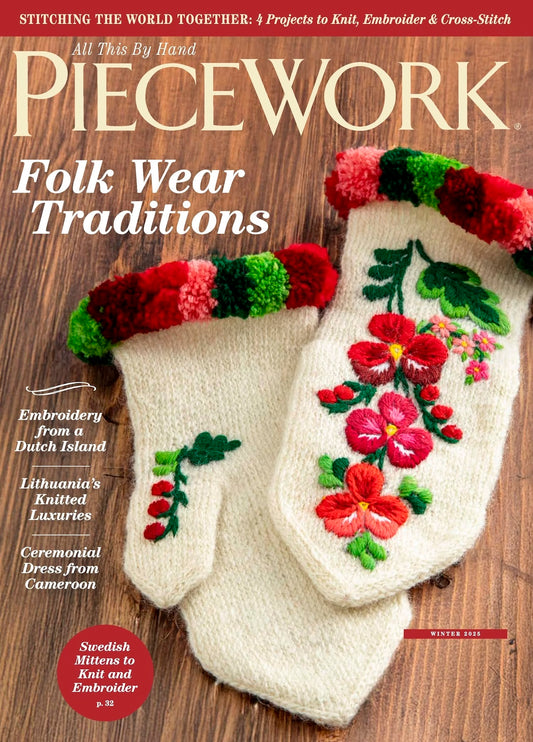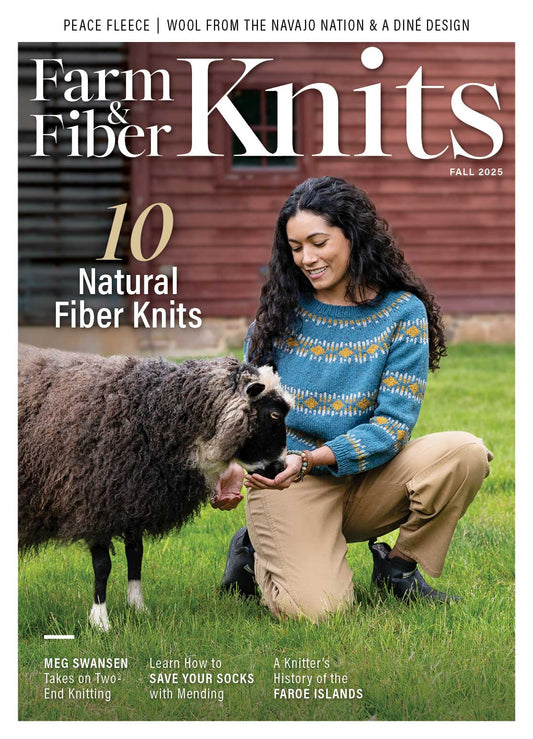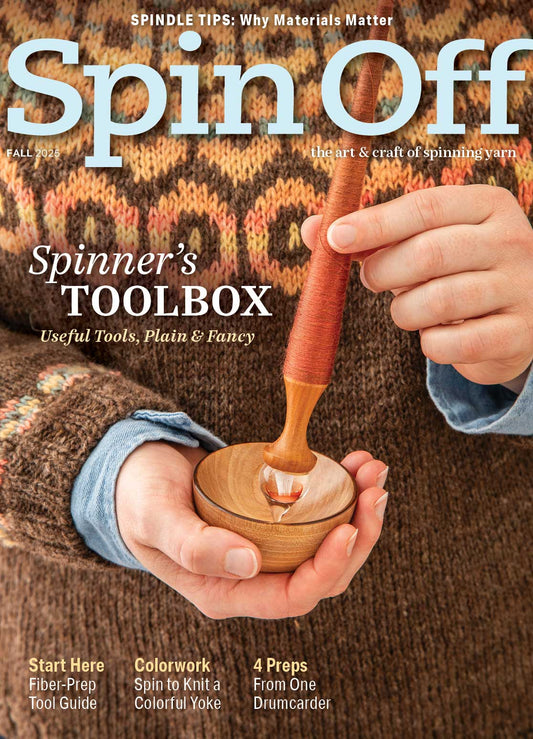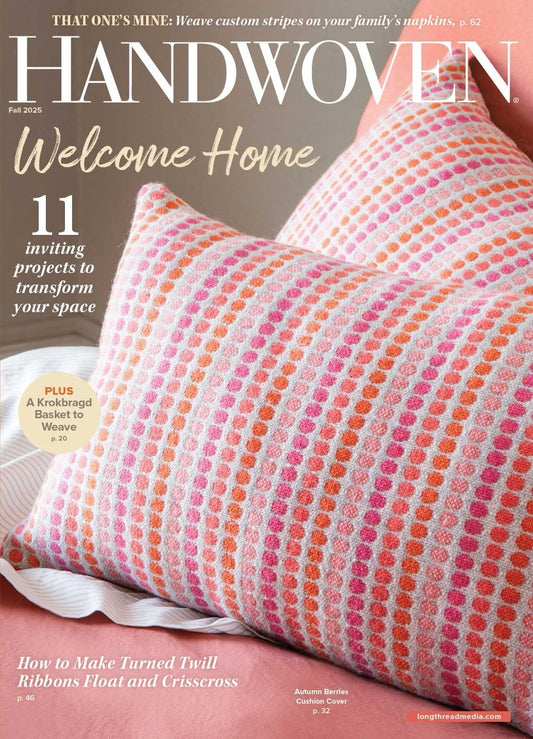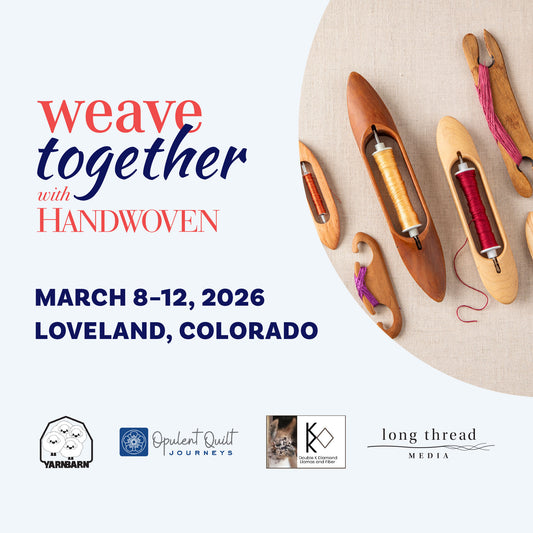|
PieceWork September/October 1995
Now available for individual download!
|
| |
|
Polya Zsuzsa: Hungarian Embroiderer
Meet Polya Zsuzsa, a student of the Engelfraulein convent in Budapest who has been embroidering almost daily since her graduation in 1937. Embroidery was used to teach Hungarian history, geography, and culture, and many of these motifs persist in Polya’s continued embroidery. Enjoy the striking examples of Hungarian embroidery along with Polya’s story.
|
| |
 |
| |
|
Messages in Mittens: The Story of a Latvian Knitter
Join Sandra Messinger de Master and Irma Ciganovich in an exploration of the messages knitted into Latvian mittens. Irma stresses the importance of remembering and recreating cultural traditions, like the knitted messages in traditional Latvian mittens. Learn about common Latvian motifs and create your own heirloom with Irma’s Christmas Stocking to Knit.
|
| |
 |
| |
|
Kalagas: The Golden Tapestries of Burma
Learn about the craft and production economies in Burma and the hand-created sequins that adorn Burmese ceremonial tapestries. These beautiful tapestries each require many hours of material production, most done by hand. Enjoy the photographs of these exquisite tapestries, and create your own Burmese tapestry-inspired Sequined Horse Ornament to Embroider.
|
| |
 |
| |
|
Unraveling Poetry Mittens
“On mittens knitted of fine handspun yarn, words wind around each hand: the opening lines of a poem on one mitten, the continuation on the other. The mittens engage us with their novelty, the skill and thought required, and the peculiar attraction of decoding the written word.” Learn all about poetry mittens and enjoy the Poetry Mittens to Knit pattern.
|
| |
 |
| |
|
Arpilleras: Pictures from the Land of the Sun
“Arpilleras [are] small, colorful fabric pictures with many little stuffed human figures sewn onto fabric landscapes of emerald, azure, and warm brown…Most arpilleras, which capture in fabric the Andean sun, the mountain air, and the lively South American spirit, are made in Peru and Chile.” Create A Garden Pin to Applique with stuffed applique vegetables reminiscent of South American arpilleras.
|
| |
 |
| |
|
Norwegian Hardanger: Tradition and Transformation
“Until the twentieth century, the Hardanger Fjord region on the west coast of Norway was isolated from the rest of the world by the raging North Sea to the west and by rugged, glacier-capped mountains to the east. About 1650, women of this area began developing a distinctive style of embroidery that combined whitework, counted thread work, and drawn-thread work in bold geometric patterns. Norwegians call it Hardangersom or "embroidery of the Hardanger region," but English-speaking needleworkers know this exacting embroidery technique simply as hardanger.” Learn more about hardanger from Nancy Nehring and create your own with A Hardinger Motif to Stitch.
|
| |
 |
|
|
Trimmings: Sampling Old Patterns
In this Trimmings section, enjoy an 1874 pattern for Squares for a Bedspread, a Crown Tassel and Cord, and delicate Doll-sized Tatted Edgings.
|
| |
 |
| |
 |
|
In every issue of PieceWork magazine, you will be amazed at the amount of information packed into these pages:
- Be inspired by needleworkers past and present. In each issue, you’ll meet needleworkers with unique stories to tell and special projects to share.
- Explore traditional needlework throughout history. In addition to the people who did the work, you’ll get an up-close look at what they created and how they did it.
- Test your needlework techniques with projects ranging from embroidery to knitting, quilting to beading, and crochet to cross-stitch.
- And so much more!
This issue was scanned from an original printed issue.
|










